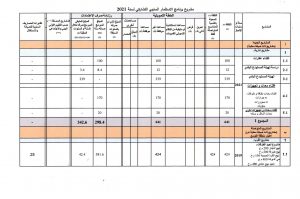Quite simply, consumers whoever mortgage-to-well worth proportion (LVR) is actually more than 80%
Lender’s home loan insurance rates (LMI) is an insurance premium particular borrowers need to pay to own when the their property put or security is lower than 20% of the property’s value.
Rates opposed: LMI set in home loan compared to reduced upfront

These types of finance are considered a higher risk for the lender, so LMI are died to your debtor while the a non-refundable fee.
LMI covers the lending company against the risk of default. Such as for example, if a borrower cannot repay their loan and also the financial can’t recoup the total loan amount given that property is offered on a loss.
For those who have an excellent 20% deposit (otherwise guarantee), you don’t need to pay money for LMI because your LVR are below 80% and you will noticed safer. The lower your LVR, the reduced the risk towards the financial.
Just remember that , LMI simply covers the financial institution, perhaps not you (otherwise any guarantor), regardless of if you’ll have to pay it off.
You could potentially pay for LMI given that a lump sum initial within settlement, but the most commonly known option is to include LMI for the financial harmony (also known as capitalisation). The lender covers which for you. Just remember that , this will improve loan amount and your overall appeal payable.
Essentially, the greater the LVR, the better the LMI would-be. LMI could be high on the financing home loans compared to holder-occupied lenders, with respect to the Helia commission estimator . Loan providers estimate LMI in different ways, making it better to rating a quote right from the lender.
 العربية
العربية






